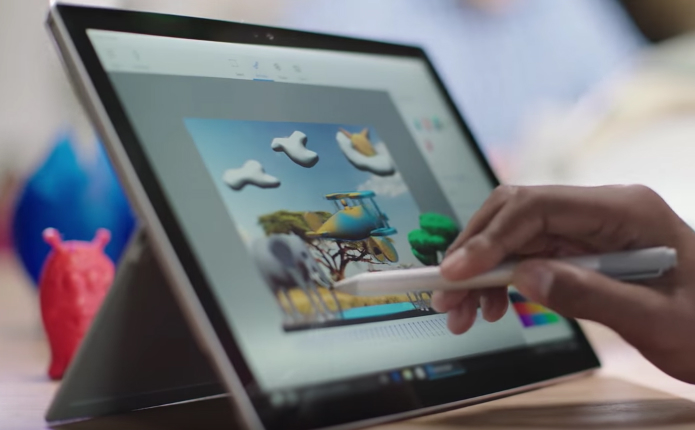Chromebooks are very quietly taking the computer world by storm. First, they came for the classrooms, using absurdly low per-device prices and Google’s free Office alternative to get into schools. More recently, a series of sub-$500 Chromebooks have come out that use absurd battery life and good-enough performance to get even the most dedicated bloggers to switch.
So it makes sense that Microsoft has a plan to get in on the action with Windows 10 Cloud, a light version of its desktop OS. According to a leaked document the Cloudbooks (as we’re lovingly calling them) will have specs right on par with most Chromebooks.
A spec sheet obtained by Windows Central shows the minimum specs Microsoft is recommending for manufacturers that are making Windows 10 Cloud-compatible laptops. The specs aren’t exactly groundbreaking: Intel Celeron quad-core processor, 4GB of RAM, 32GB of fast flash storage, optional touch capability, and a big battery. That’s nearly identical to every Chromebook on the market right now: just enough processing power to handle web browsing and documents, enough storage to have a few documents and movies saved offline, and an all-day battery.
The real-world performance Microsoft is targeting is also right up there with Chrome OS. There’s a focus on boot-up time and login time, with the Windows devices scoring the same or a little slower than Chromebooks.
The biggest question left is price. Assuming Microsoft doesn’t charge much (or anything) for Windows 10 Cloud and some kind of Office subscription, the Windows devices should be exactly the same as Chromebooks. That means a starting price of around $200, topping out at $500 for the more powerful devices.










